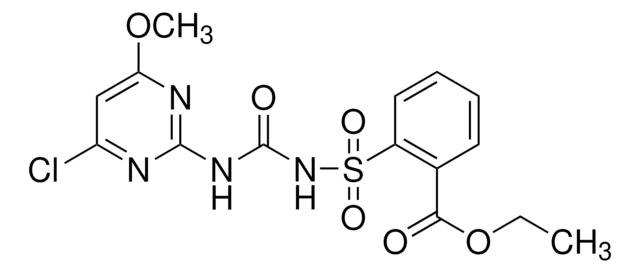For the tartrate solutions in the 2 TRAP kits, 386A and 387A, if the 386A kit is not available, considering purchasing the 387A kit is recommended. The results are the same, although the kit composition varies from kit to kit. The Tartrate Solution in the 386A kit is 0.67M with a pH of 5.2, whereas the molarity of the Tartrate solution in the 387A kit is 0.67M and has a pH of 4.9. The instructions call for using 2 mL of the tartrate solution in Beaker B for the 386A procedure, and 1 mL of tartrate solution in Beaker B for the 387A procedure. There have been no studies showing whether the 2 reagents are interchangeable. It is best to use the 387A kit if the kit is available.
386A
Leukocyte Acid Phosphatase (TRAP) Kit
Select reagents packaged in gelatin capsules
About This Item
Productos recomendados
Nivel de calidad
caducidad
Expiry date on the label.
DIV
for in vitro diagnostic use
dilution
(for histology)
aplicaciones
hematology
histology
Condiciones de envío
wet ice
temp. de almacenamiento
2-8°C
Principio
Solo componentes del kit
- Acetate Solution (386-3) 50 mL
- Acid Hematoxylin (285-2) 100 mL
- Citrate Concentrate (386-1) 20 mL
- Fast Garnet GBC Salt (kit only) 2 × 10
- Naphthol AS-BI Phosphoric Acid (386-4) 40 mL
- Tartrate Solution (kit only) 20 mL
Producto relacionado
Palabra de señalización
Danger
Frases de peligro
Consejos de prudencia
Clasificaciones de peligro
Acute Tox. 4 Dermal - Acute Tox. 4 Inhalation - Carc. 1B - Eye Dam. 1 - Met. Corr. 1 - Repr. 1B - Skin Corr. 1B
Código de clase de almacenamiento
6.1C - Combustible acute toxic Cat.3 / toxic compounds or compounds which causing chronic effects
Punto de inflamabilidad (°F)
Not applicable
Punto de inflamabilidad (°C)
Not applicable
Elija entre una de las versiones más recientes:
Certificados de análisis (COA)
¿No ve la versión correcta?
Si necesita una versión concreta, puede buscar un certificado específico por el número de lote.
¿Ya tiene este producto?
Encuentre la documentación para los productos que ha comprado recientemente en la Biblioteca de documentos.
-
Is product 3873 equivalent to the tartrate solution used in the Leukocyte Acid Phosphatase (TRAP) kit (386A)?
1 answer-
Helpful?
-
-
Does the current version of product 386A-1KT include sodium nitrate?
1 answer-
The 386A kit does not contain sodium nitrite, while the 387A kit includes sodium nitrite as part of the kit.
Helpful?
-
Active Filters
Nuestro equipo de científicos tiene experiencia en todas las áreas de investigación: Ciencias de la vida, Ciencia de los materiales, Síntesis química, Cromatografía, Analítica y muchas otras.
Póngase en contacto con el Servicio técnico










